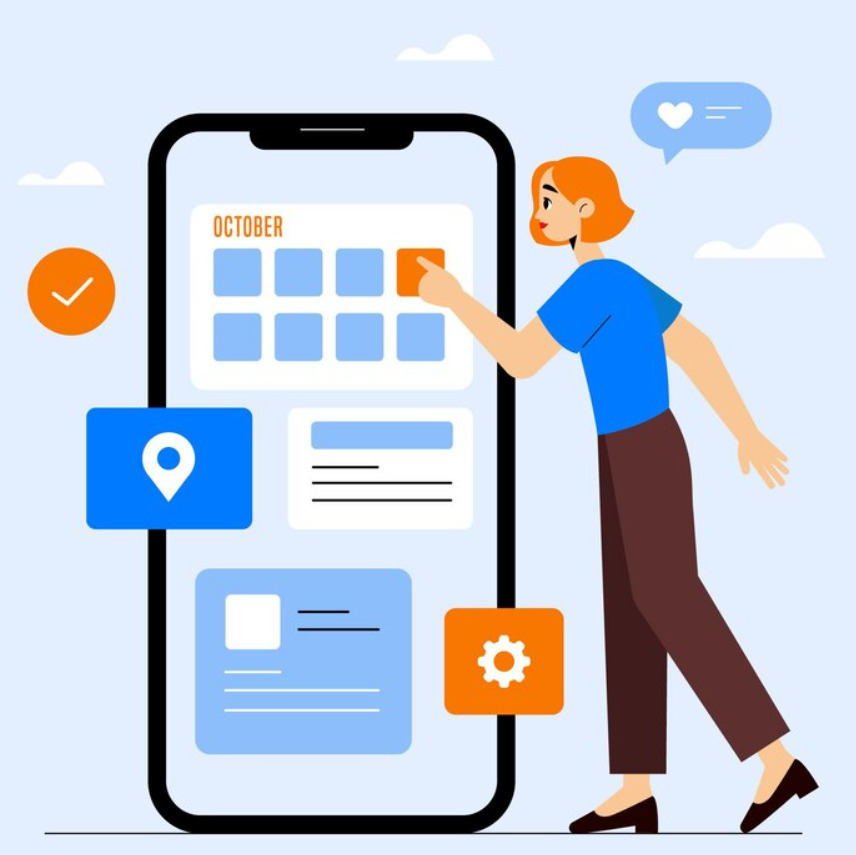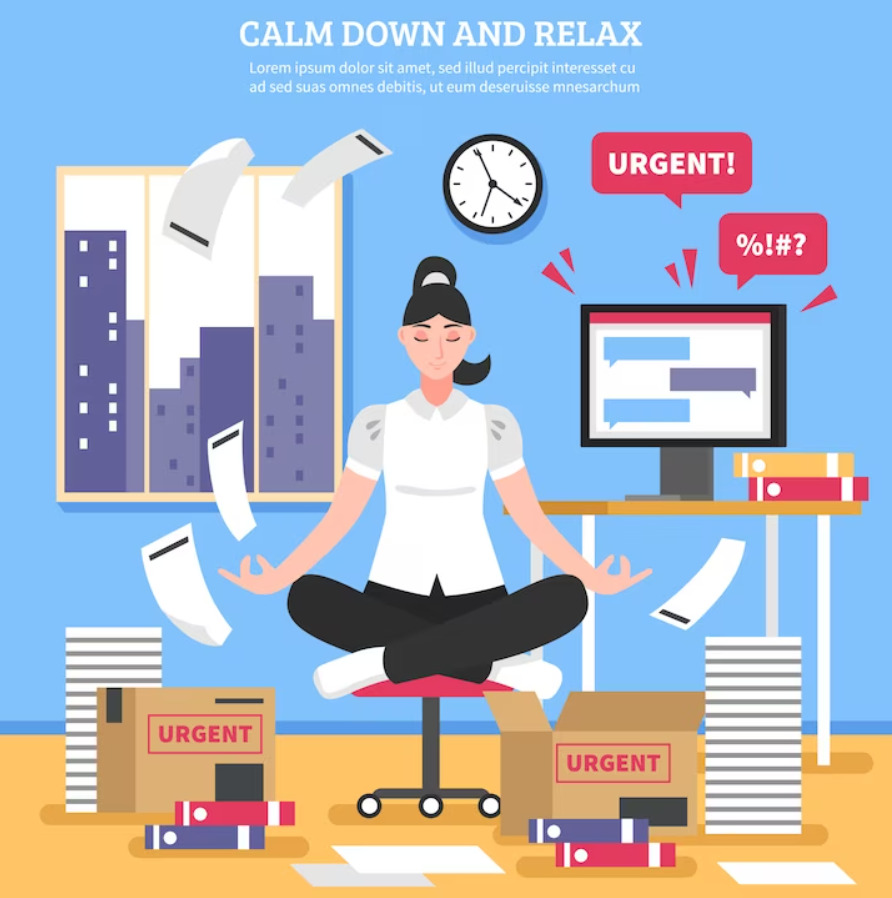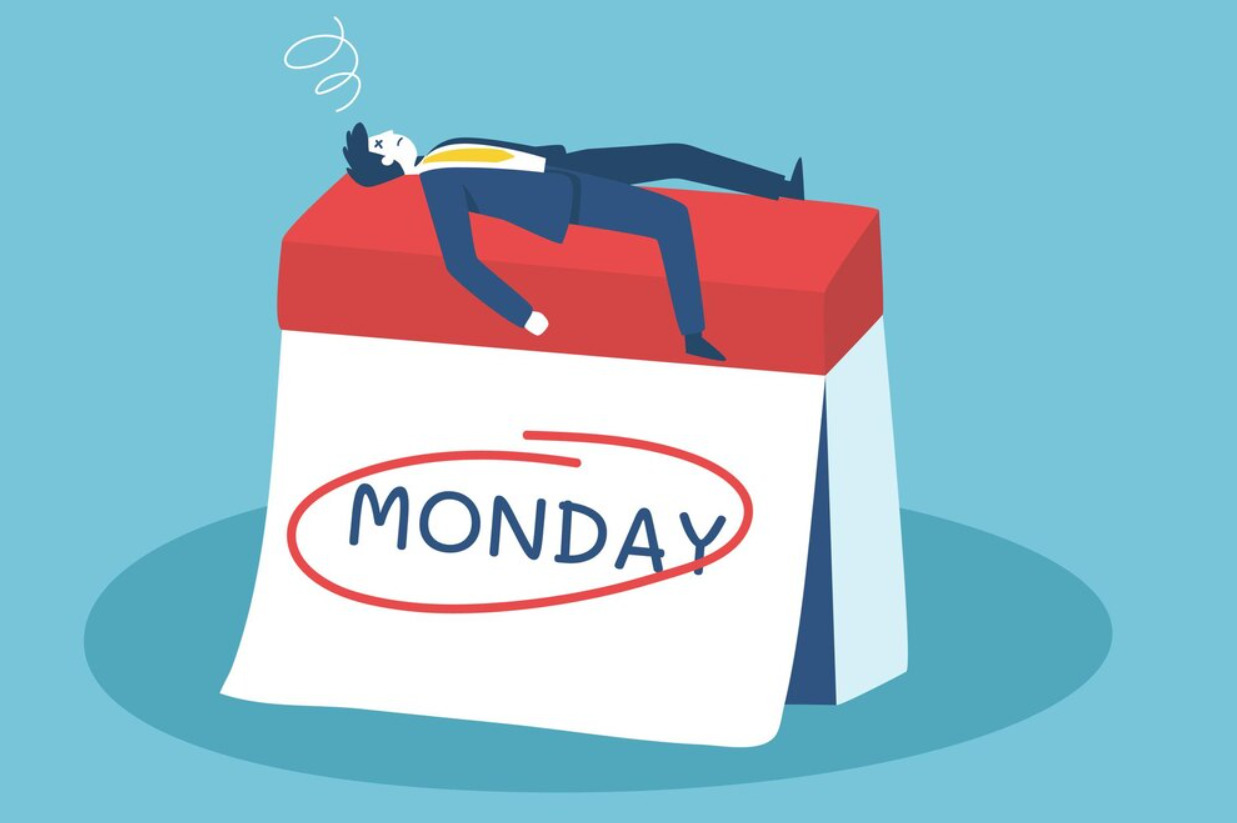The saying “knowledge is power” has never been more true than it is now, especially in the context of the workplace. The need of ongoing learning for employees cannot be stressed as industries change, technology develops, and new skills become necessary. This article examines the need of continuous learning for both individual and organizational development.
How can Employers Help with This?
Employers essentially act as the designers of a setting where the seeds of lifelong learning can grow. Organisations strengthen their own foundations while also empowering their workforce by investing in resources, promoting a learning culture, and rewarding individual efforts. The lifeline of growth that continuous learning represents grows as a result of these coordinated efforts, creating a workforce capable of addressing the problems of the future with assurance and competence.
Fosterig a Culture of Learning:
Employers play a fundamental role in nurturing a culture where learning is not just encouraged but celebrated. By fostering an environment where curiosity is valued, employers can inspire employees to seek out new knowledge and skills. Encouraging participation in workshops, webinars, and conferences, both within and outside the organization, provides diverse learning opportunities.
Investing in Training and Development Programs:
Organizations can invest in comprehensive training and development programs tailored to employees’ needs. These programs can encompass a range of formats, from online courses to hands on workshops. Offering financial support for further education, certifications, and skill specific training demonstrates a commitment to employees’ growth, motivating them to engage more deeply with the learning process. Recognizing the dedication of employees by occasionally offering a day off as a reward for completing significant training milestones can serve as a powerful incentive.
Supportive Learning Infrastructure:
Employers can create a supportive learning infrastructure within the workplace. This includes providing access to learning materials, online resources, and platforms where employees can collaborate and share knowledge. Moreover, integrating learning leave management systems can facilitate structured learning paths and progress tracking, enhancing the overall learning experience.
Mentorship and Coaching:
Establishing mentorship and coaching programs connects experienced employees with those seeking to learn and grow. Mentorship provides a personalized learning experience, offering insights, guidance, and real world perspectives. Through regular interactions, mentees can gain valuable knowledge and skills, accelerating their professional development.
Recognizing and Rewarding Learning Achievements:
Acknowledging employees’ learning achievements through recognition programs fosters a sense of accomplishment. Whether it’s a simple commendation or a more formal award ceremony, public recognition validates the effort employees put into continuous learning. Such recognition not only boosts morale but also inspires others to embark on their learning journeys.
Promoting Cross Functional Collaboration:
Encouraging employees to collaborate across departments and functions can expose them to diverse skill sets and knowledge bases. Cross functional projects and team building activities create an atmosphere where employees can learn from their peers, gaining insights from different perspectives. This collaborative learning approach enriches their skill sets and broadens their horizons.
why Employees Continuous Learning is the Lifeline of Professional Growth and Organizational Success?
Keeping Pace with Rapid Changes:
The business landscape is in a constant state of flux. New technologies, methodologies, and market trends emerge at a staggering pace. Continuous learning empowers employees to stay current with these developments, ensuring that they can adapt to new challenges and contribute meaningfully to their organizations. Employees who embrace lifelong learning are better equipped to navigate change, making them invaluable assets to their employers.
Boosting Adaptability and Innovation:
Continuous learning nurtures adaptability and a culture of innovation within organizations. When employees are encouraged to explore new ideas and skills, they become more innovative thinkers. They can apply their freshly acquired knowledge to problem solving, thereby fostering a culture of creativity and forward thinking. This not only benefits the individual but also propels the organization toward greater innovation and competitiveness.
Enhancing employees Job Satisfaction and Engagement:
Investing in the learning and development of employees sends a clear message, the organization values its workforce. When employees feel supported in their professional growth, job satisfaction and morale soar. Engaged employees are more likely to be productive, loyal, and motivated, leading to a positive work environment. Continuous learning initiatives demonstrate an organization’s commitment to its employees’ personal and professional development, fostering a sense of loyalty and belonging.
Filling Skill Gaps and Increasing Efficiency:
Every job role evolves over time. Continuous learning helps employees acquire new skills and refine existing ones, filling skill gaps within the workforce. A well rounded skill set not only makes employees more versatile but also increases operational efficiency. As employees become more proficient, tasks are completed more effectively and with higher quality, contributing to overall productivity and organizational success.
Future Proofing Careers:
In an era where automation and artificial intelligence are reshaping various industries, continuous learning is essential for future proofing careers. Jobs that are repetitive or require routine skills are increasingly becoming automated. By acquiring new skills and knowledge, employees can position themselves for roles that require uniquely human attributes such as creativity, critical thinking, and emotional intelligence. Continuous learning ensures that employees remain relevant and valuable in the face of technological advancements.
Promoting a Learning Culture:
Organizations that encourage continuous learning cultivate a learning culture. This culture emphasizes the importance of learning at all levels, from entry level employees to executives. When learning becomes a core value, employees are more likely to seek out opportunities for self improvement and willingly share their knowledge with colleagues. This knowledge sharing environment amplifies the overall learning experience, fostering a community of growth and development.
Conclusion
investing in continuous learning is a strategic move that benefits both
people and organizations. It is not only a personal endeavor. Employers who value continuous learning give their staff the tools and information they need to flourish in their positions, encourage creativity, increase employee satisfaction, and secure their jobs for the future. Organizations that prioritise and promote continual learning in this changing environment are not merely adaptable; they are prospering, laying the groundwork for a better and more profitable future for all parties concerned.










